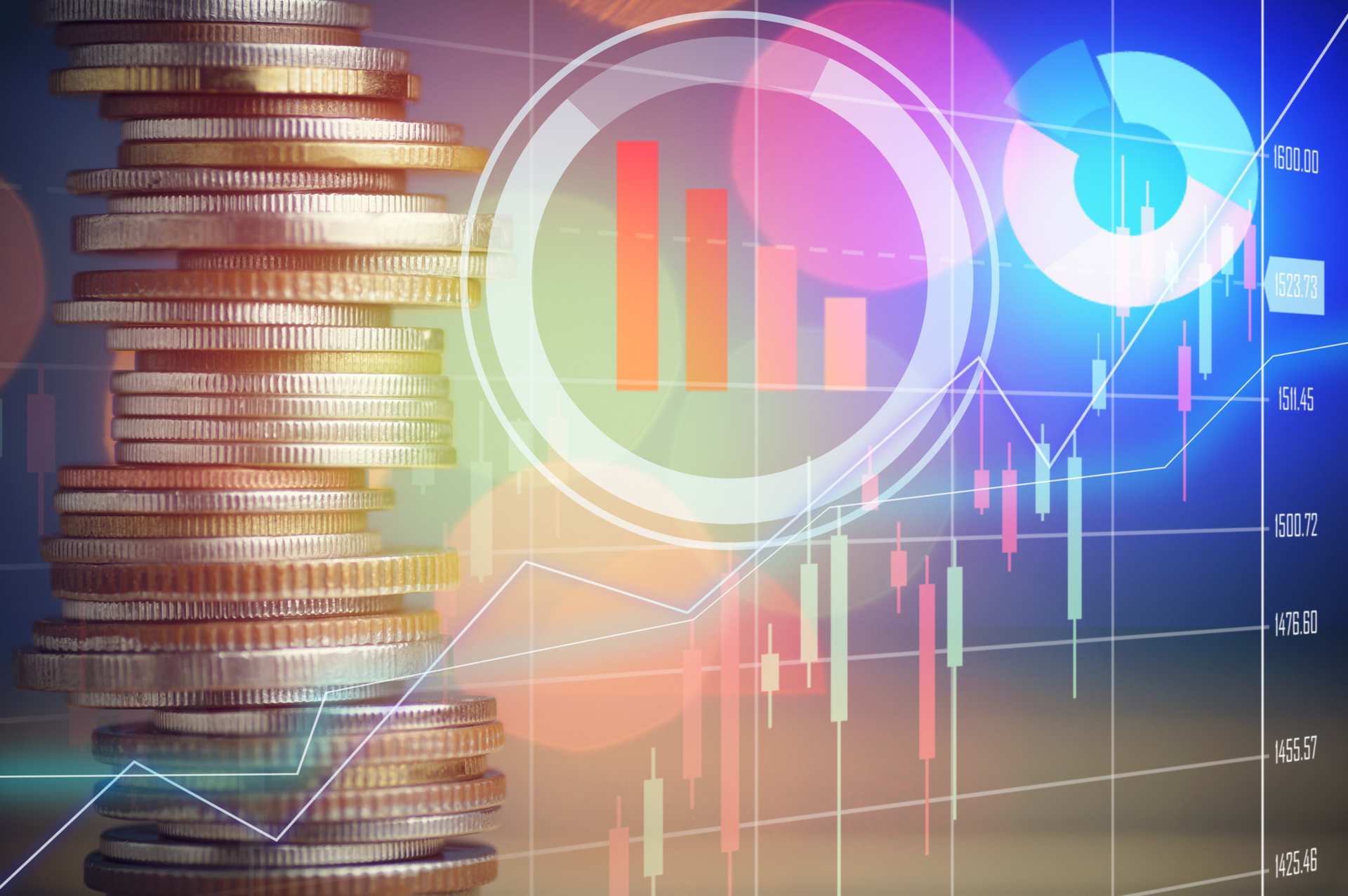[vc_row][vc_column][vc_column_text]For a long time, investors in the TSP stock index funds (C, S, and I) have done exceptionally well.
Since the Great Recession ended in mid-2009, the market has had its ups and downs (but largely ups). Most people didn’t see it coming, and even fewer realized how or when it would end. Till after the fact, when investing your retirement nest fund isn’t really helpful.
In June 2021, the market reached an all-time high. Since then, there have been ups and downs as investors await what the FED will do (if anything) and what the newest COVID mutation will do to the mainly unvaccinated in regions like Africa, India, or more locally, in Missouri and Los Angeles County.
Most of the TSPs’ 98,000 millionaires reached a seven-figure level by investing for the long term (an average of 29 years), mainly in the C, S, and I Funds. Also, by remaining in stocks and purchasing through difficult times, such as the Great Recession. Here’s a complete breakdown of the TSPs’ composition as of June 30.
However, there’s always something, right? So, let’s look at a text by financial planner Arthur Stein:
TSP Stock Funds Rose To All-Time Highs In 2021’s First Half
The TSP stock funds’ (C, S, and I) share prices reached new highs in the second quarter, owing to a significant drop in COVID-19 cases in the United States, increased vaccinations, economic re-openings, low-interest rates (as a result of the Federal Reserve’s Quantitative Easing (QE)), and fiscal stimulus sparking an economic surge. On June 30, C Fund share prices reached an all-time high. The S and I Funds had reached their high a few days earlier.
Total Return for the period is calculated using the YTD and 1-year returns. Compound Annual Returns are computed for one, three, five, ten, and fifteen years. This is solely for illustration purposes. An investment in an index cannot be made directly. Past performance isn’t a guarantee of future results. All investments have several risks, including capital loss and volatility. Returns are rounded to the nearest tenth, and they include all income reinvestment but don’t include taxes. Bond funds didn’t fare as well. The F Fund fell 1.5% in the first six months of 2021, while the G Fund rose only 0.6%. Bond fund returns were lower than the inflation rate.
Market Outlook
There are several risks associated with current TSP Fund values, including:
- A COVID reemergence,
- Modifications to Federal Reserve monetary policy (QE),
- Reductions in government stimulus (fiscal policy),
- Wars, revolutions, terrorist attacks, natural catastrophes, and so on.
These and other dangers have prompted some analysts to forecast severe market losses in the future.
That’s hardly much of a prediction, is it? Market losses are unavoidable at some point. Falling markets (Bear Markets) eventually follow rising markets (Bull Markets). Unfortunately, we don’t know (and analysts, economists, and market experts cannot predict) the timing, length, or amplitude of future Bear and Bull Markets.
As a result, stock and bond market forecasts are neither trustworthy nor valuable. We all know that the stock market has gone through Bull and Bear Market cycles in the past. We’re now experiencing a Bull Market. It will eventually turn into a Bear Market. But when will it happen?
Since significant market drops are forecasted to happen at some point, TSP investors should plan what they’ll do if the declines occur.[/vc_column_text][/vc_column][/vc_row]









